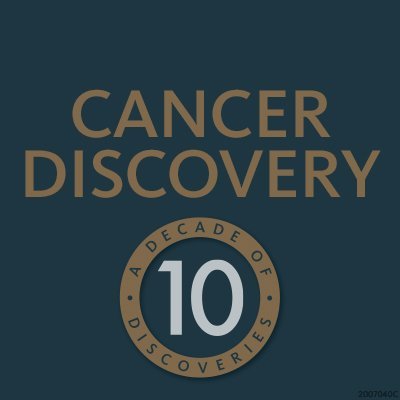Elevated mutational age in blood of children treated for cancer contributes to therapy-related myeloid neoplasms

Eline J.M. Bertrums, Axel K.M. Rosendahl Huber, Jurrian K. de Kanter, Arianne M. Brandsma, Anaïs J.C.N. van Leeuwen, Mark Verheul, Marry M. van den Heuvel-Eibrink, Rurika Oka, Markus J. van Roosmalen, Hester A. de Groot-Kruseman, C. Michel Zwaan, Bianca F. Goemans, Ruben van Boxtel
Cancer Discov candisc.0120.2022-1-28 11:12:19.447. https://doi.org/10.1158/2159-8290.CD-22-0120
Childhood cancer survivors are confronted with various chronic health conditions like therapy-related malignancies. However, it is unclear how exposure to chemotherapy contributes to the mutation burden and clonal composition of healthy tissues early in life. Here, we studied mutation accumulation in hematopoietic stem and progenitor cells (HSPCs) before and after cancer treatment of 24 children. Of these, 19 developed therapy-related myeloid neoplasms (t-MNs). Posttreatment HSPCs had an average mutation burden increase comparable to what treatment-naive cells accumulate during 16 years of life, with excesses up to 80 years. In most children, these additional mutations were induced by clock-like processes, which are also active during healthy aging. Other patients harbored mutations that could be directly attributed to treatments like platinum-based drugs and thiopurines. Using phylogenetic inference, we demonstrate that most t-MN in children originate after the start of treatment and that leukemic clones become dominant during or directly after chemotherapy exposure.
Our study shows that chemotherapy increases the mutation burden of normal blood cells in cancer survivors. Only few drugs damage the DNA directly, while in most patients, chemotherapy-induced mutations are caused by processes similar to those present during normal aging.


